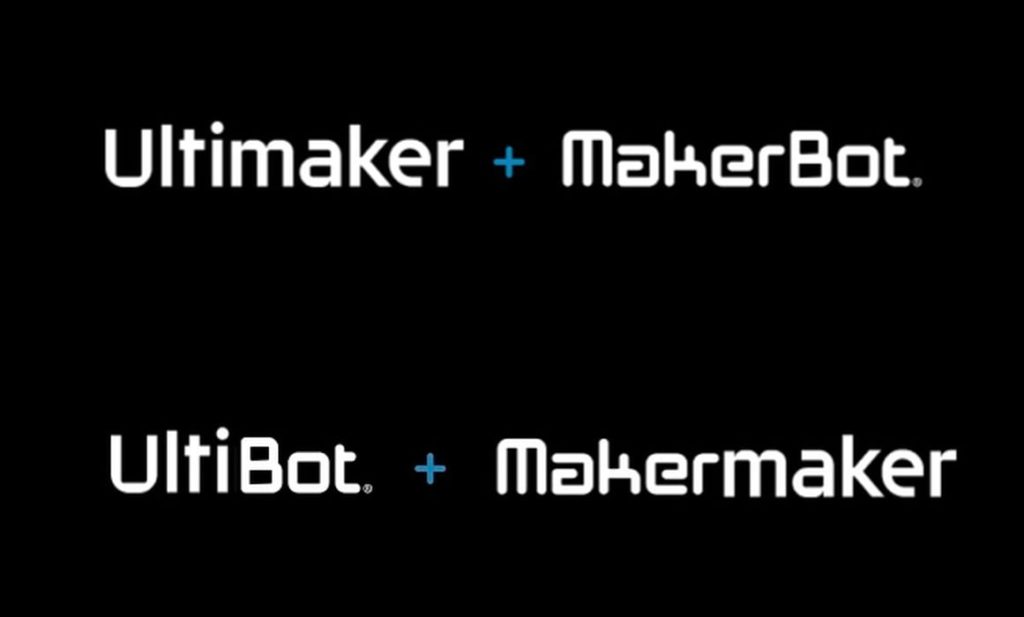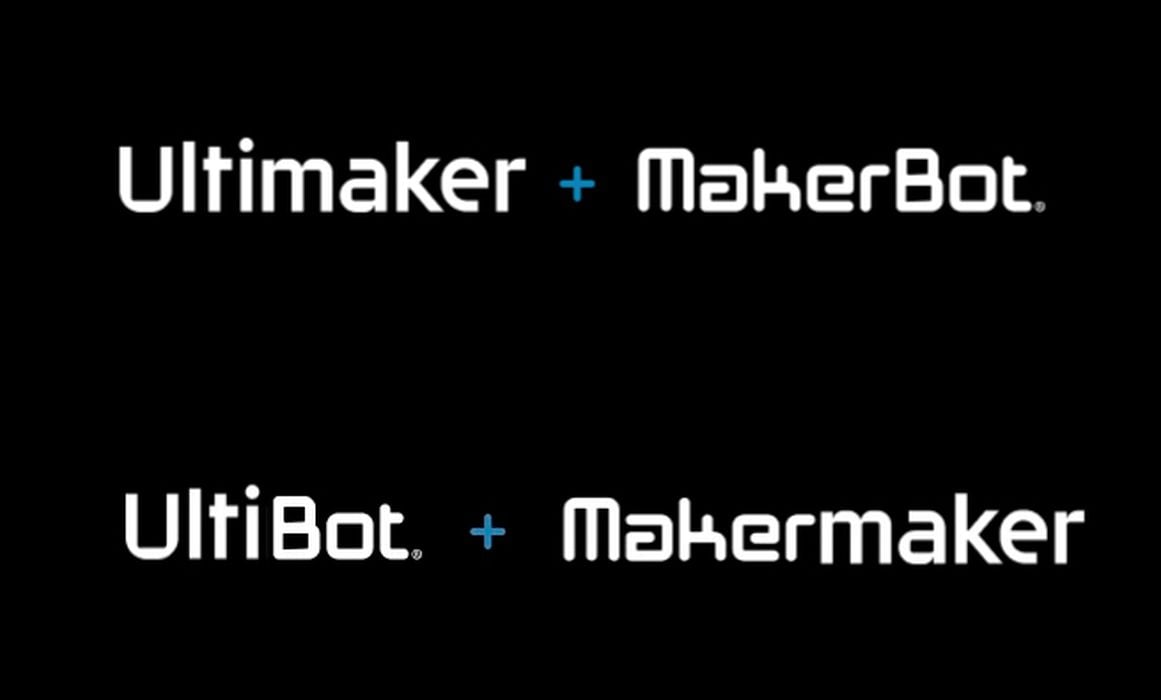
In a surprising announcement this morning, it appears that Ultimaker and MakerBot are to merge into a single entity.
A release from Ultimaker said:
“MakerBot and Ultimaker, two leaders in desktop 3D printing, today announced that they have come to a business combination agreement that will accelerate the adoption of additive manufacturing by providing a comprehensive desktop 3D printing ecosystem of hardware, software, and materials.”
And another from MakerBot said:
“The agreement is subject to regulatory approvals, with closing currently expected over the course of the second or third quarters of 2022. Until the agreement is finalized, both companies will continue to operate as usual.”
The “new entity” will be funded by the two companies’ existing investors, Stratasys (MakerBot) and NPM Capital (Ultimaker), who will jointly provide an injection of US$62.4M to supercharge the operation.
The intention is to have co-CEOs running the as-yet unnamed new entity, with the existing CEOs, MakerBot’s Nadav Goshen and Ultimaker’s Jürgen von Hollen, taking these roles. The headquarters for the new entity will be in both The Netherlands and New York, at existing premises.
MakerBot Ultimaker Merger Analysis
While today’s shocking announcement was unexpected, perhaps it should not have been so. In retrospect the two companies have had quite similar parallel paths. Consider the following:
- Both companies were among the first to launch when Stratasys’ original patents expired in 2008
- Both companies were the initial leaders in the desktop 3D printing industry
- Both companies launched 3D model repositories, Thingiverse and YouMagine
- Both companies began in the DIY market, using open source principles
- Both companies gradually moved away from open source, one more than the other
- Both companies received significant investment
- Both companies switched their markets from the DIY / hobby space to professional 3D printing
- Both companies now focus on engineering materials for prototyping and production
- Both companies offer sophisticated material profile libraries and material provider partnerships for professional use
When you consider this path, the two companies are now addressing essentially the same markets: education, professionals, and industry. If you’re both doing the same thing, then why not do it together and leverage both companies’ resources? They’ve created a powerhouse 3D printer manufacturer.
That leverage could be considerable. Imagine combining the sales and distribution forces of both companies together, which would cover more regions than either company could. This would also free up sales resources to work on more prospects in each region, but the fresh investment suggests they will do more than just that. I suspect their sales projections indicate they have much more road to travel, and they’re going to do it.
This is likely bad news for other 3D printer manufacturers producing professional-level equipment. They will now have to compete against a huge juggernaut overflowing with well-funded sales reps and advertising everywhere.
It may be that the pair believe there will soon be a huge shift of interest by professionals and industries towards their product segment, and they are positioning for maximum strength to compete.
MakerBot Ultimaker Merger Questions
There are many questions raised by this arrangement, and I don’t have the answers. But I’ll list the questions that immediately come to mind regarding this merger:
Will the operations stay separate? The initial intent appears to run the companies as-is, with some sharing, while working toward future joint products. But how long will these companies truly be separate? Mergers typically consolidate administrative and other functions to save money, will that happen here? When will they begin to fold everything together? More than likely, they don’t know the answer to this question, either.
What is Stratasys’ technological involvement? We know that MakerBot has inherited technology from their owner, Stratasys, in terms of materials, adhesion solutions, and interface design, if not software itself. Will this arrangement continue? How can the new entity differentiate itself from Stratasys?
What is the future of YouMagine and Thingiverse as a result of this merger? The two 3D model repositories were originally created in a very different universe and no longer offer the strategic advantages they once had years ago. Could they be shut down, merged, or spun off as a result of the new entity focusing strongly on getting things together for their core professional business? Will one be anointed as the solution and the other shut down?
Will the ecosystems be merged? Both companies have spent considerable resources building up separate printer-materials-software-partnership-content ecosystems. Surely these cannot proceed separately into the future? How will these be integrated together into a functional product that is better than both original contributions?
What is the hardware design path going forward? While both companies offer products that more or less provide similar functionality, they do so in different ways. For example, the motion systems used in recent 3D printer designs are quite different. Adhesion systems are different. Even the filament diameter is different. Will future products close in on a single solution path? Personally, I’m hoping the 2.85mm filament standard disappears.
Finally, what is this thing going to be called? My bet is on “MakerMaker”, although they’ll probably select something far more sensible. They will likely keep the product branding, as they have perhaps the two most well-recognized names in the business, but the joint operation will require an entirely new name.
This merger will no doubt have a notable effect on the industry, and I’ll have more to say in a future post.

